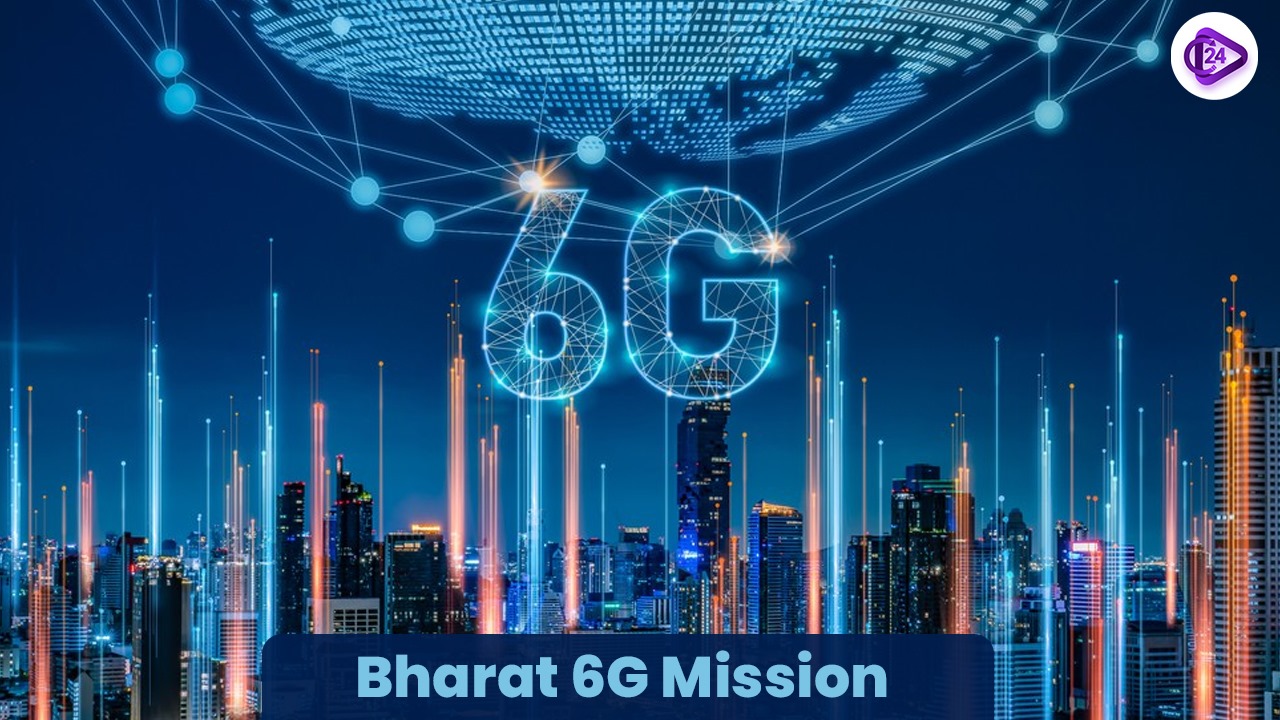
ISRO is set to launch the PSLV-C59/PROBA-3 mission today, December 5th, 2024, at 4:12 PM from Sriharikota. The launch was initially scheduled for December 4th at 4:08 PM but was postponed after detecting an anomaly during pre-launch checks. This marks another milestone in ISRO’s commitment to advancing space technology and collaboration. The mission aims to further bolster India's reputation in cutting-edge space research and innovation.
As a part of the PSLV-C59 mission, PROBA-3 is scheduled for launch on 5th December 2024 at 4.12 pm from Sriharikota. It is a collaborative work of European Space Agency (ESA) and Indian Space Research Organisation (ISRO). It will be launched with an aim to demonstrate formation-flying technology and to conduct high-precision solar observations. The PROBA-3 is similar to Aditya L-1 mission launched in September 2023, both focus on solar observations particularly the sun’s outer layer but from different angles. PROBA-3 focuses specifically on solar observation through flying formation technology while Aditya L-1 is dedicated to studying the sun.
Launch Details:
-
Launch Vehicle: PSLV-C59 (Polar Satellite Launch Vehicle)
-
Launch Date: December 5, 2024
-
Location: Sriharikota (ISRO’s launch site)
-
Mission Duration: The mission will last for several months, depending on its operations and the continuous study of the Sun's corona.
Objectives:
-
Advanced understanding of solar storms and coronal mass ejections that affect Earth’s satellite operations, communication systems, and power grids.
-
Provide critical data for solar dynamics and space weather phenomena.
-
Test new spacecraft technologies and concepts.
-
Enhancing expertise in solar science following ISRO’s Aditya-L1 mission
Satellite and mission configuration:
-
PSLV-C59 rocket (44.5 meters tall) will carry ESA's PROBA-3 satellites weighing 550 kg into a highly elliptical orbit
Spacecraft: The mission uses two spacecraft:
-
Coronagraph: Studies the Sun’s corona.
-
Occulter: Blocks the Sun to create artificial eclipses for better observation.

Conclusion:
The PSLV-C59/PROBA-3 mission showcases ISRO’s collaboration with the European Space Agency to advance solar science and space technology. By focusing on formation-flying technology and detailed solar observations, this mission strengthens India's role in international space research. The data gathered will contribute to understanding solar phenomena and their impacts on Earth's space environment, setting the stage for further innovations in space exploration and satellite technology.
Chat With Us



 BharatGen: Revolutionizing AI to Enhance India’s Public Service Delivery
BharatGen: Revolutionizing AI to Enhance India’s Public Service Delivery Preparations for Building ‘Viksit Bharat’ by 2047
Preparations for Building ‘Viksit Bharat’ by 2047 Space Exploration and Its Environmental Effect
Space Exploration and Its Environmental Effect Bharat 6G Mission: India’s Leap Towards Next-Gen Telecom Innovation
Bharat 6G Mission: India’s Leap Towards Next-Gen Telecom Innovation 10th World Ayurveda Congress (WAC 2024) and Arogya Expo in Dehradun
10th World Ayurveda Congress (WAC 2024) and Arogya Expo in Dehradun India's Digital Revolution: Transforming Infrastructure for Innovation, Inclusion, and Global Leader
India's Digital Revolution: Transforming Infrastructure for Innovation, Inclusion, and Global Leader India’s Artificial Intelligence Safety Institute Initiative
India’s Artificial Intelligence Safety Institute Initiative PMSGMBY 10 Lakh Installations Target 1 Crore 2027
PMSGMBY 10 Lakh Installations Target 1 Crore 2027 Hyderabad Google Safety Engineering Centre Launch
Hyderabad Google Safety Engineering Centre Launch






